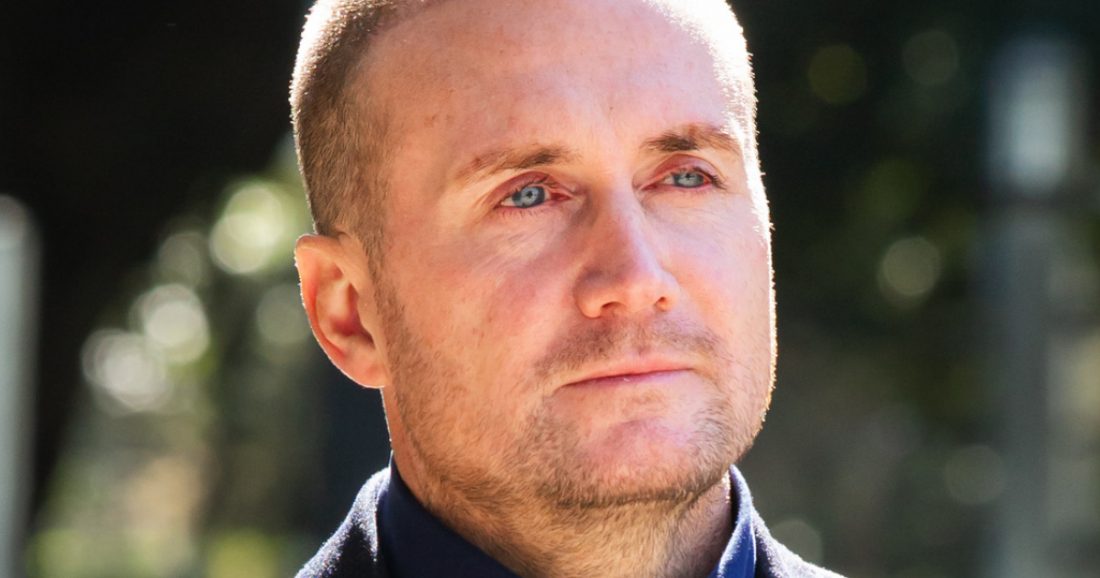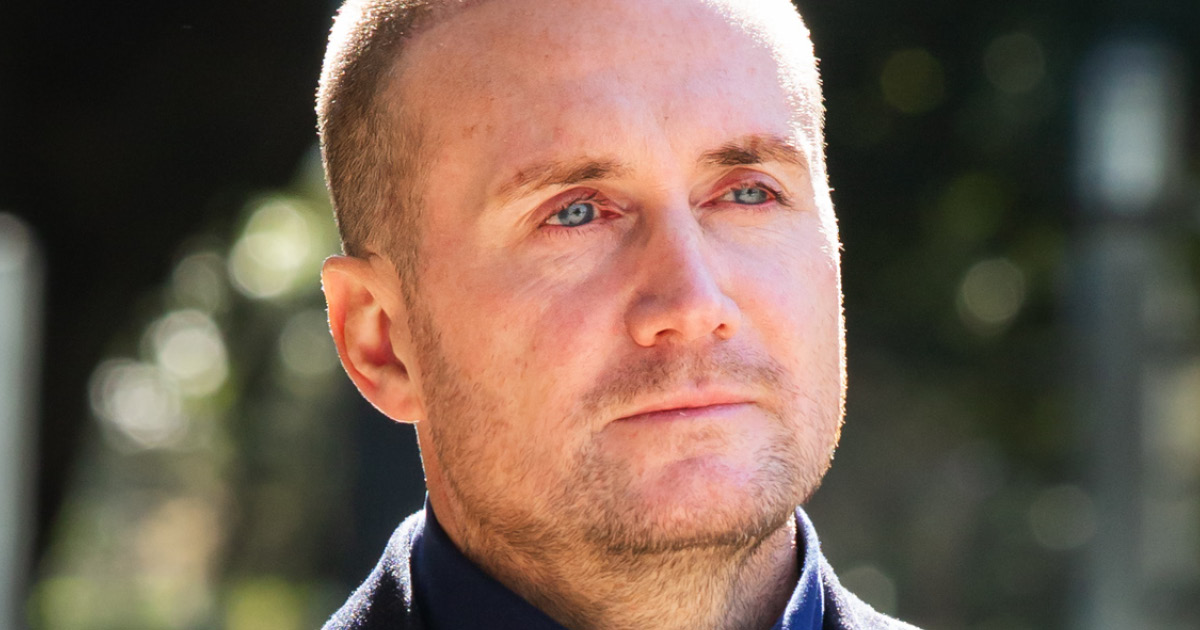For Luke Todd, Chairman and Managing Director of EVDirect and the Australian distributor of BYD, the road to transforming Australia’s electric vehicle (EV) market has been nearly a century in the making.
As a fourth-generation member of a family steeped in the transport industry – his family has owned and operated bus companies for nearly 100 years – Todd’s career path was destined to involve vehicles. But never in his wildest dreams did he see himself where he is today, driving BYD’s Australian success to overtake Tesla and become a household name.
“I could have never foreseen our transition to become the leader in EV technology in Australia. In fact, November 2024 was the first time BYD’s sales actually surpassed Tesla’s – and that’s a trend we’re looking to continue,” he tells The CEO Magazine.
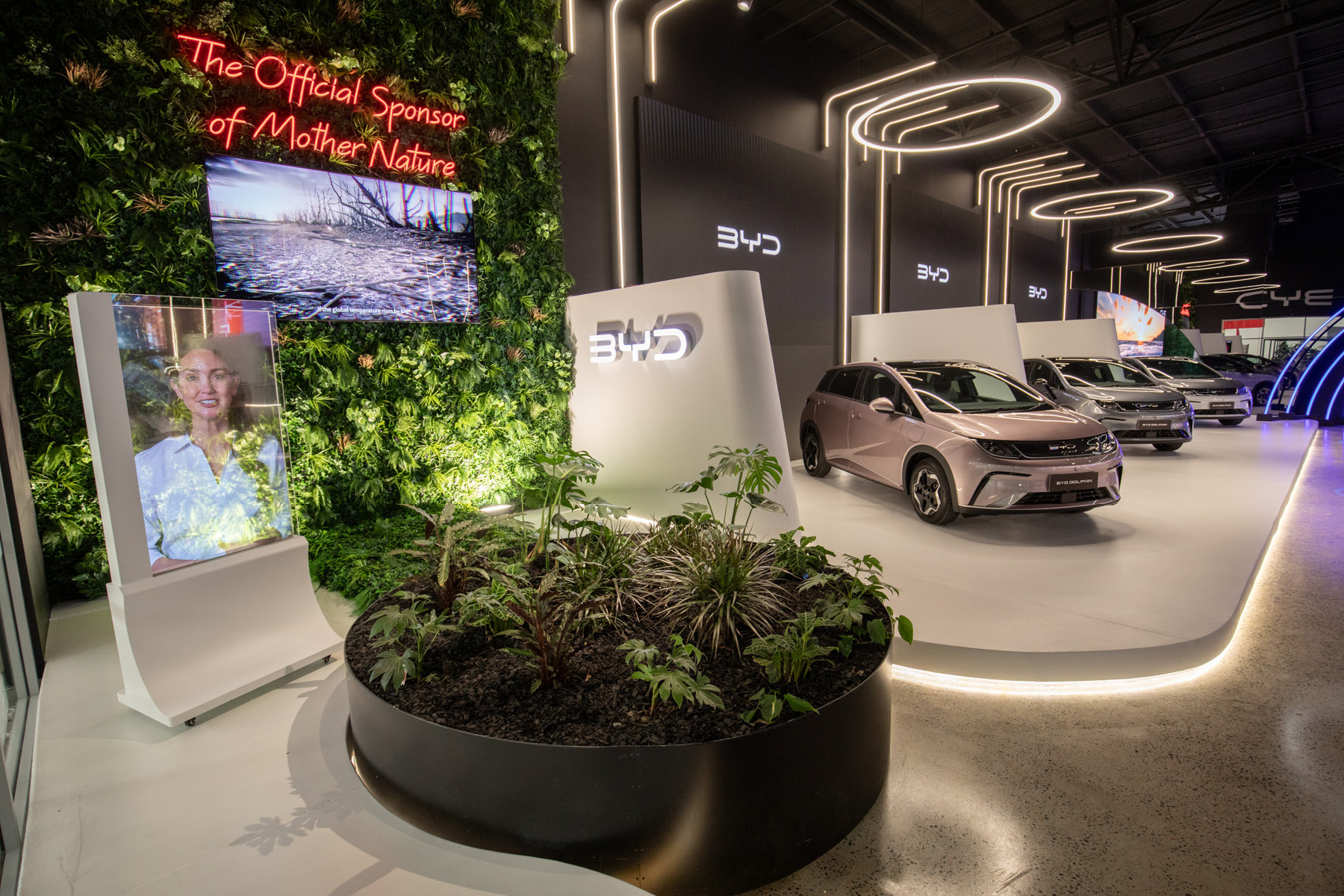

“As I look back at the history of how I got here, it’s been a very organic process, using the knowledge and expertise I’ve built over 20 years operating bus services and creating vehicles. It made me the perfect partner for BYD to bring the brand and passenger vehicles to Australia.”
From buses to BYD
Reflecting on the start of his partnership with the Chinese EV giant, Todd says the entire thing was a bit serendipitous.
“BYD came to Australia in 2012, which was the same time two of my biggest customers – Qantas and Sydney Airport – wanted to improve their environmental footprint. Operating hundreds of buses around airports was one of the biggest polluters,” he explains.
While he was knocking on doors, trying to find a high-quality electric or hybrid bus to suit their requirements, it turns out BYD was doing the same thing, just in reverse.
“BYD came to Australia with a view to bring their street buses to the country, and they knocked on everybody’s door, but nobody was interested in electric buses at the time,” he recalls.
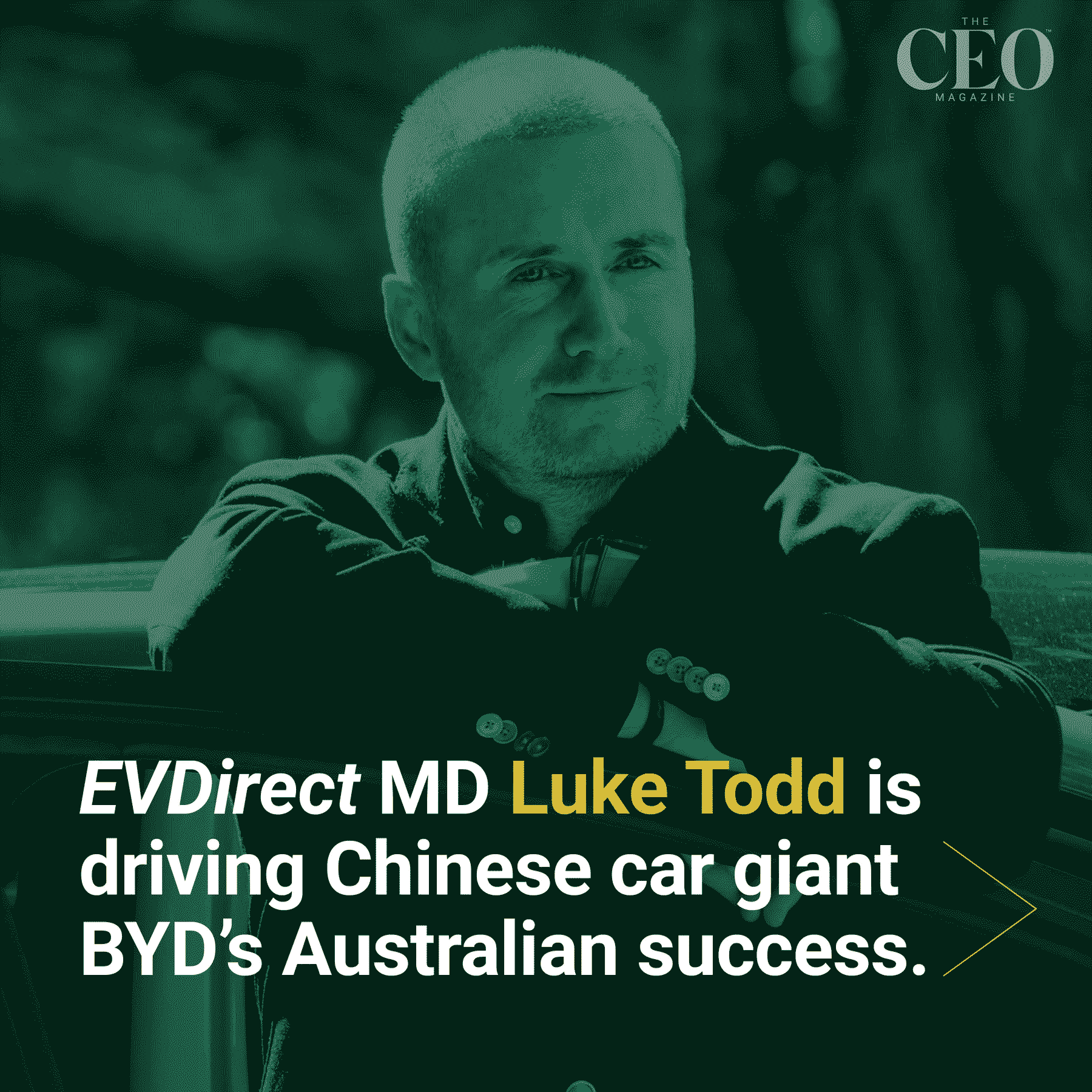
Fortunately, Todd and BYD finally knocked on the right doors – each other’s – and discovered a powerful partnership.
“Back in 2013, BYD and I started working side by side. And what we built was the world’s most advanced electric bus at the time,” he says.
“Even to this day, it’s still the most effective electric bus as far as the battery size versus the range you’ll get.”
Today, there are roughly 150 of these electric buses running around the streets of Sydney and at airports across Australia, collectively covering more than 200 million kilometers of eco-friendly travel.
“That’s where it all started, and then we evolved into passenger cars after that,” he reveals.
This ute means business
The introduction of the versatile BYD Shark 6 electric utility vehicle, which combines off-road capabilities with the luxury of an SUV, is testament to this ambition. In fact, Todd shares that its release has been met with ‘raging’ success.
“We took 3,000 orders in the first two weeks of its launch, which is another Australian record smash,” he enthuses.
“And with more and more models coming in 2025, we’re on track to move into the top five. Scratch that, I’ll actually be even bolder and say that our new plan is to comfortably be the top automotive brand in Australia by 2027.”
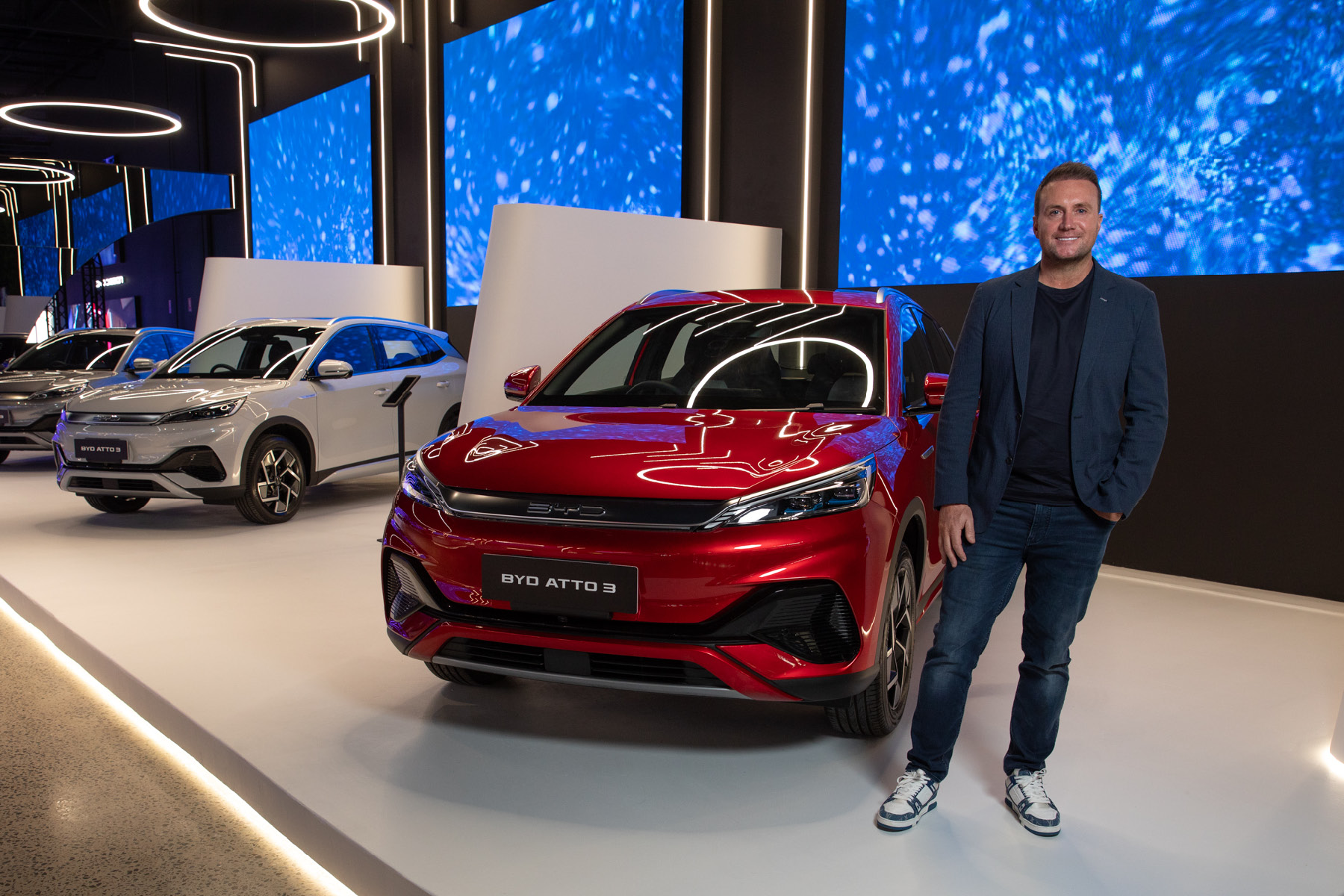

While nobody knows for certain what will happen in two years, one thing is clear: BYD is accelerating quickly and other brands can’t keep up.
“They’re effectively stuck because they can’t change manufacturing processes as quickly as they need to. These brands are caught in a technology zone where they can’t move forward fast enough to compete with us,” Todd explains, offering the BYD Shark 6 as an example.
“Where these other brands have vehicles launching in 2026 and 2027, we don’t have to wait – BYD has the production capability to build a Shark 6 every minute and import as many into Australia as the market desires. So a huge strength in our brand is the fact that supply is not an issue for us.”
Not only does BYD have the capability to build quickly, but it does so without faltering on quality.
“The Shark 6 is extremely high quality. It’s a highly capable, off-road 4×4, but you sit inside it and it feels like a luxury SUV. And then, when you’re driving on the street, it has 100 kilometers of full electric driving.”
Making the ‘switch’
Being at the forefront of innovation is a thrilling place to be. But for Todd, the space BYD occupies in the Australian market is just as energizing as the technology that powers them.
“What excites me the most is not only being technologically advanced, but the approach we’ve taken in Australia. It’s been very pragmatic. The move to full EV at some of the timeframes a lot of politicians would like to see is actually unrealistic,” he points out.
“The reality is that Australia is a huge country with a very small population. Rolling out the infrastructure that would be required for full EV adaptation is virtually impossible in some of the timeframes that have been mentioned.
“But BYD has taken the approach of offering full EVs as well as super hybrids, which are vehicles that are built on an electric platform with hybrid technology added back in, as opposed to what you see with some of our competitors who are selling hybrid vehicles, which is effectively a petrol car with a battery added to it.”
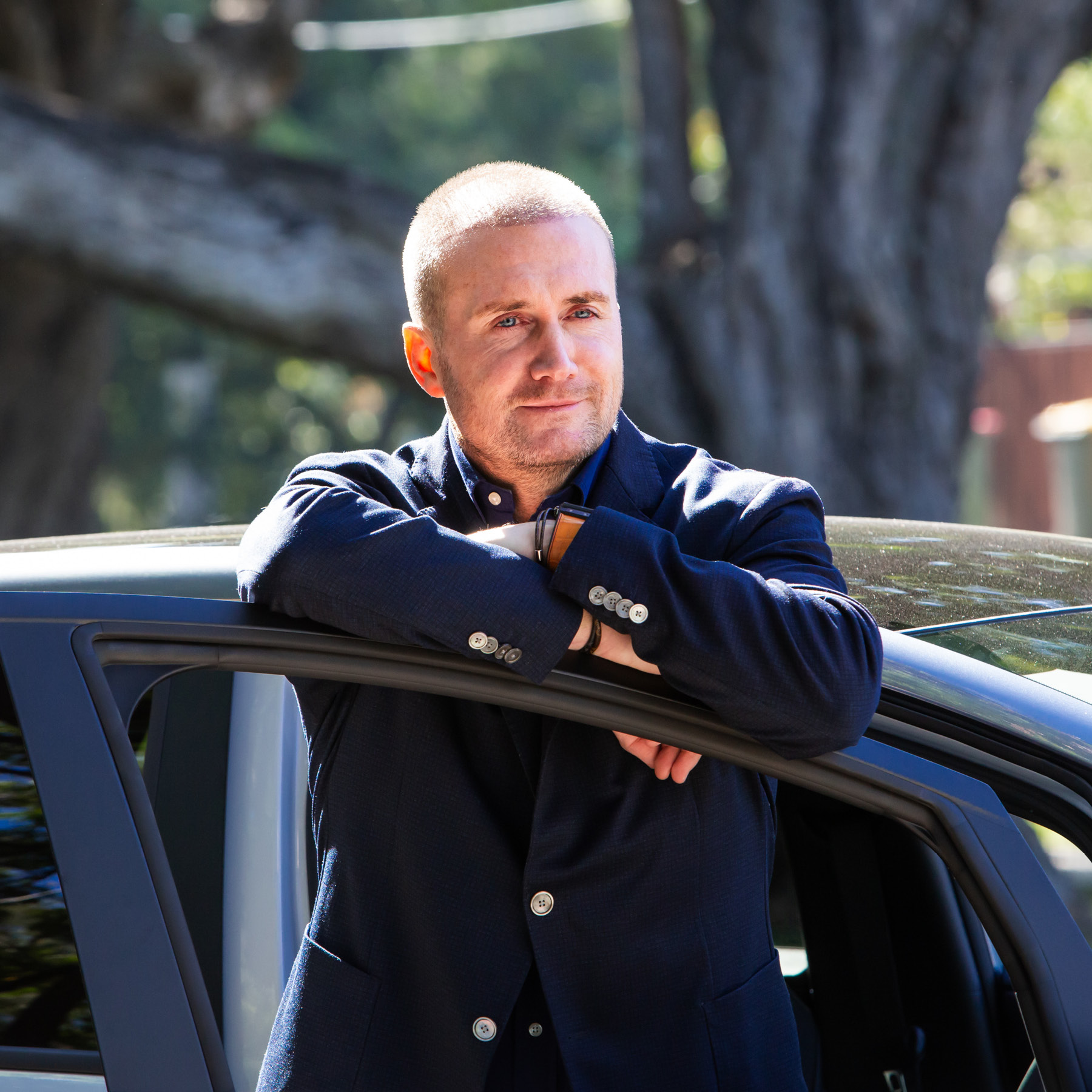

The lack of widespread EV charging infrastructure in Australia is a critical barrier to adoption. In response, Todd launched EV Switch, a business committed to deploying 100,000 low-wattage EV chargers across the country. Unlike high-speed highway chargers designed for long trips, EV Switch focuses on everyday convenience.
These seven-kilowatt chargers are affordable (around US$310), easy to install and provide a slower charge suitable for homes, workplaces or community spaces like sporting fields and shopping centers.
“Most EV owners don’t need to charge in three minutes at a central station,” Todd explains. “If you park for a few hours while shopping or at work, you’ll get enough charge for a couple days of driving.”
A ‘utopia’ situation
With the average Australian driving about 32 kilometers daily, these chargers offer a practical, cost-effective solution for local travel. Already, 5,000 chargers have been delivered in just six months, with another 5,000 on order.
By creating a baseload network of chargers, Todd aims to boost consumer confidence, making EV ownership more accessible while reducing reliance on costly infrastructure upgrades.
“It’s a very good balance, positioning BYD as a vehicle that is cutting edge but also practical and suitable for more Australian families and consumers,” he explains.
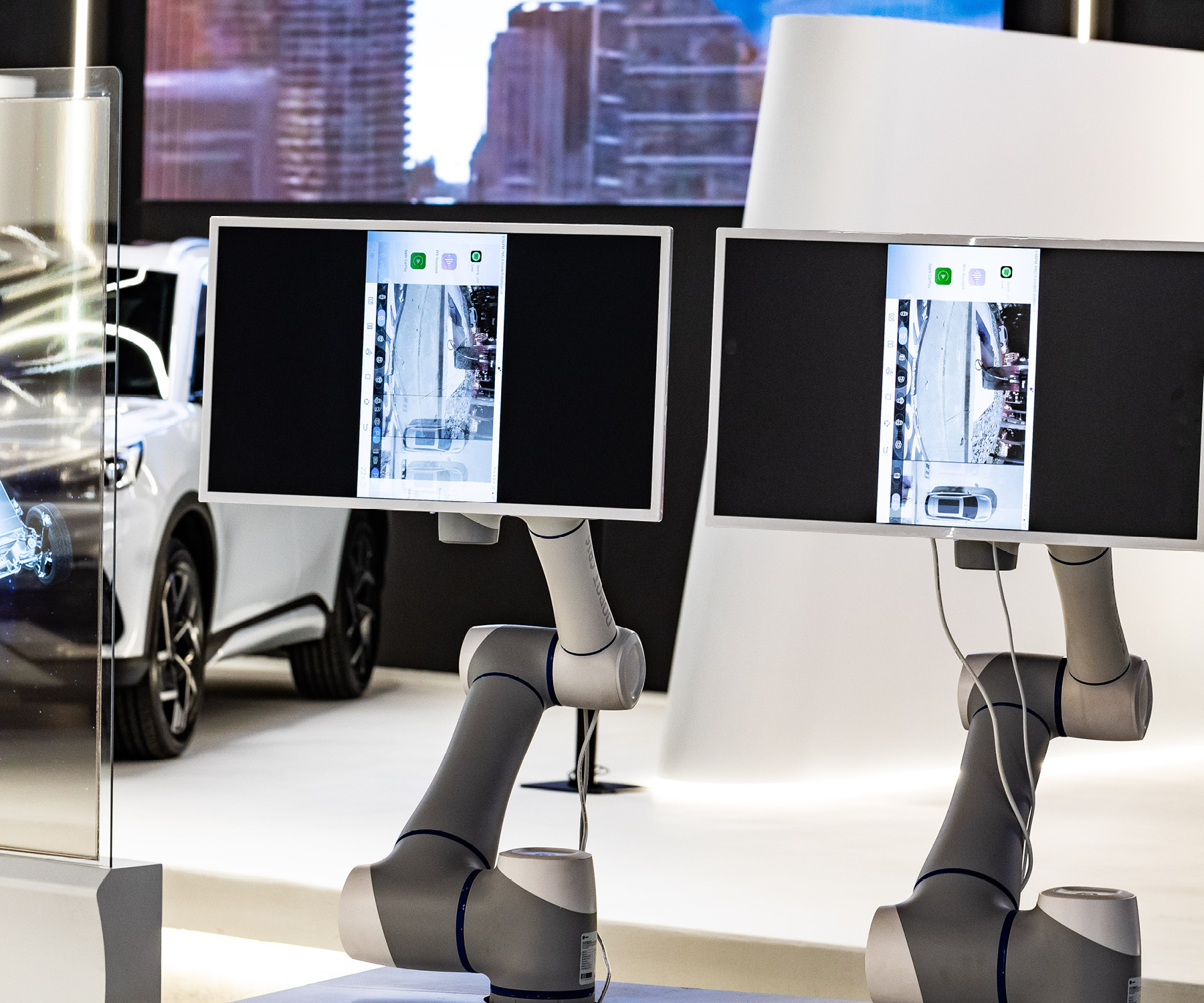

And as the cost-of-living crisis continues to take its toll, recent research reveals that Australians are opting for affordability over sustainable or ethical products. With BYD, Todd says they get the best of both worlds.
“On average, people who switch to a BYD are going to save somewhere between A$3,000 [US$1,860] and A$4,000 [US$2,480] on average per year. So that’s more money in pockets and more money into the economy,” he confirms, adding that those with solar panels are getting an even better deal.
“If you have a fully electric car, and you are fortunate enough to have a home with solar, then you’re essentially getting free fuel. It’s a utopia situation – there are benefits to the environment, for health and to people’s pockets. And when you combine all of those things, we’re not just selling cars, we’re making a real positive impact.”
Passion and purpose
While money is a necessary evil, passion is what keeps Todd going. For him, success is about making lasting change.
“I don’t really feel like I have a job. I feel like I’m more on a mission than anything,” he says. “I want to inspire the people around me, and I want to leave the Earth better than I found it for the next generation.”
The impact of EVDirect’s efforts is an encouraging start. Todd reveals that replacing 30,000 petroleum-based fuel vehicles with EVs has prevented the emission of approximately 100,000 metric tons of CO2, translating to cleaner air and significant health benefits.
“To know, across my career with the amount of electric buses I’ve put on the road in other states and now the 35,000 electric vehicles, that my life’s work has positively impacted people’s health and their way of life is incredible,” he says.
“That’s a very strong reason to wake up every morning and work very hard.”
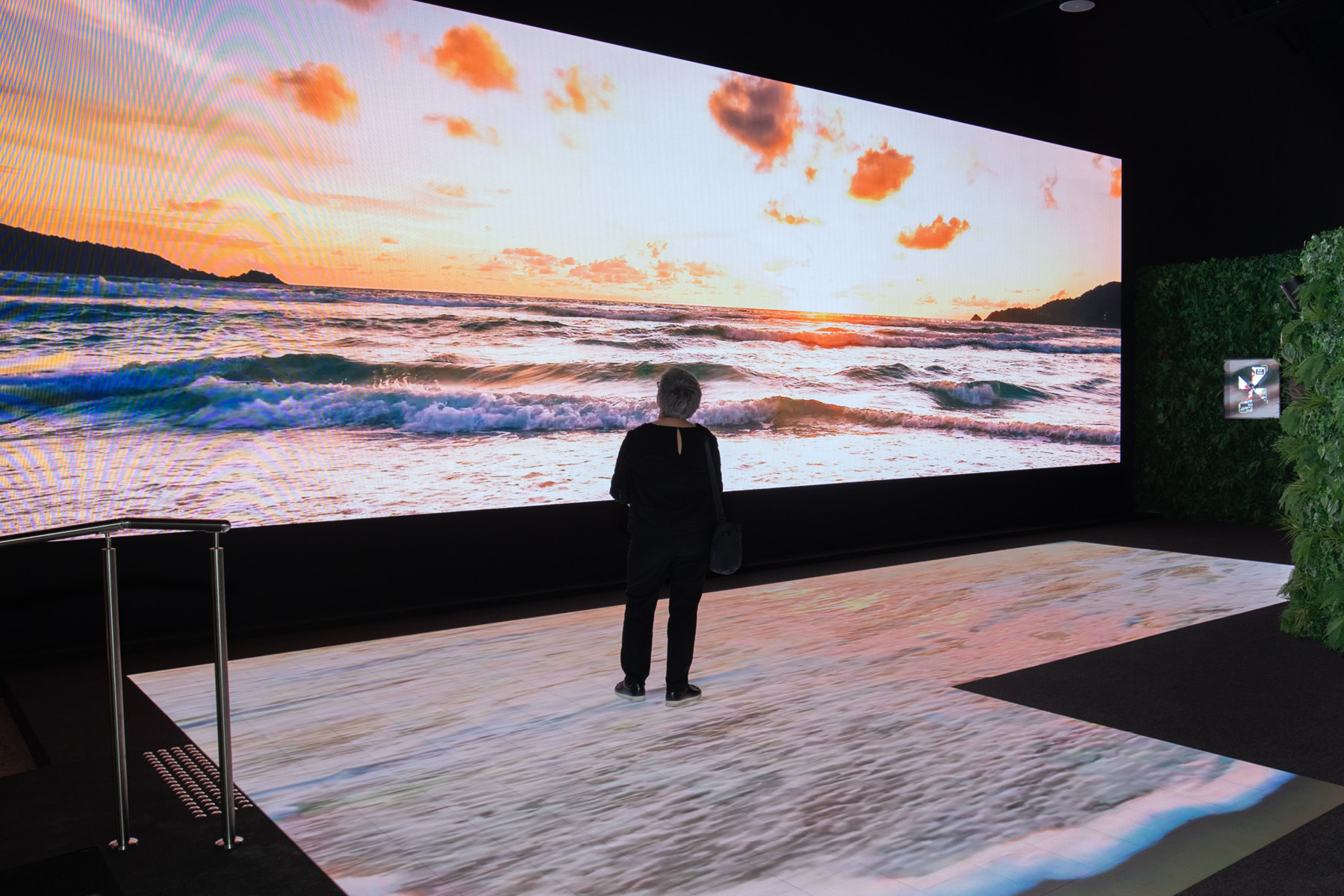

This commitment undoubtedly shines through his leadership, trickling down to nourish EVDirect’s culture at its very roots. Of course, Todd is quick to note that his entire team is just as passionate as he is. In fact, many key executives have joined the company not because of traditional job postings but because they believed in the mission and therefore, sought out EVDirect directly.
“We’ve been very fortunate and strategic in the last 18 months to employ people in the BYD and EVDirect family who not only want to be there, but are also leaders in their field,” Todd says. “And people like David Smitherman, who was formerly the head of RAM Trucks, now runs our day-to-day business as CEO.
“He took RAM Trucks from being a pretty unknown product to being one of the leading, large pickups in Australia. And he’s also very passionate and enthusiastic about the environment. I feel very grateful for the team we’ve put together.”
Debunking EV myths
Having a competitive, high-quality product line and a team willing to go the extra mile has been key in addressing challenges, especially misconceptions about the safety and viability of EVs.
“There has been a lot of fear mongering about the safety of EVs in the media regarding how the batteries are made, that they’re unsafe or leave people stranded because they run out of charge. But the reality is BYD’s EVs are fantastic. They’re comfortable, affordable and luxurious,” Todd says.
“BYD has been making batteries for more than 30 years. And its Blade Battery is the most affordable, safest battery in any EV. That’s what really sets us apart.”
EV myth-busting: Separating the fact from the fiction
To further reassure the Australian market, Todd debunks some of the most persistent myths about EVs:
Myth 1: EV batteries are unsafe
BYD’s Blade Battery has undergone the most rigorous safety testing and exceeds the requirements of the Nail Penetration Test, the most effective way to test battery thermal runaway. This test simulates the consequences of a serious traffic accident and is considered ‘The Mount Everest’ among battery tests.
During the Nail Penetration Test, the Blade Battery gave off no smoke or fire and the surface temperature only reached 30-to-60 degrees Celsius. It also withstood other extreme test conditions, such as being crushed, bent, heated in an oven to 300 degrees Celsius and overloaded by 260 percent. None of these resulted in a fire or explosion, making BYD Blade Battery a safety leader for the rapidly growing EV market.
Myth 2: EVs don’t have enough range
Efficiency and extended range are other benefits of the Blade Battery, offering greater power density for optimal performance and efficiency, including faster charging. BYD Cell to Pack technology makes the difference, with the Blade Battery increasing space utilization by 50 percent.
This improves energy density and allows more batteries in a compact space, with a longer driving range. The ‘honeycomb-like aluminum’ design of the Blade Battery also provides greater rigidity and safety.
Myth 3: Charging is inconvenient and expensive
Charging your EV at home costs a fraction of what petroleum-based fuel does, especially if you use solar energy. And with more public chargers being rolled out, the convenience factor is improving every day.
Another common myth Todd is keen to dispel is about battery reliability and charging infrastructure. In addition to the rollout of EV Switch, which makes charging more convenient, BYD’s hybrids are built from the ground-up with dual-motor technology.
This allows for using the internal combustion engine for long journeys to eliminate range anxiety while still enjoying the benefits of driving an EV, he explains.
Opportunities, not obstacles
His message to the skeptics?
“Be open to technology. Whether it’s our brand or another EV brand, test-drive the cars and experience what’s possible,” he encourages.
“Once people try our vehicles, they’re often blown away by the comfort, performance and affordability. It’s about bringing affordable luxury and confidence in safety to more Australians.”
The growth of BYD in Australia has been fueled by Todd’s ability to recognize opportunities where others saw obstacles.
“The biggest opportunity has been seeing what others didn’t and backing ourselves to go for it,” he says.
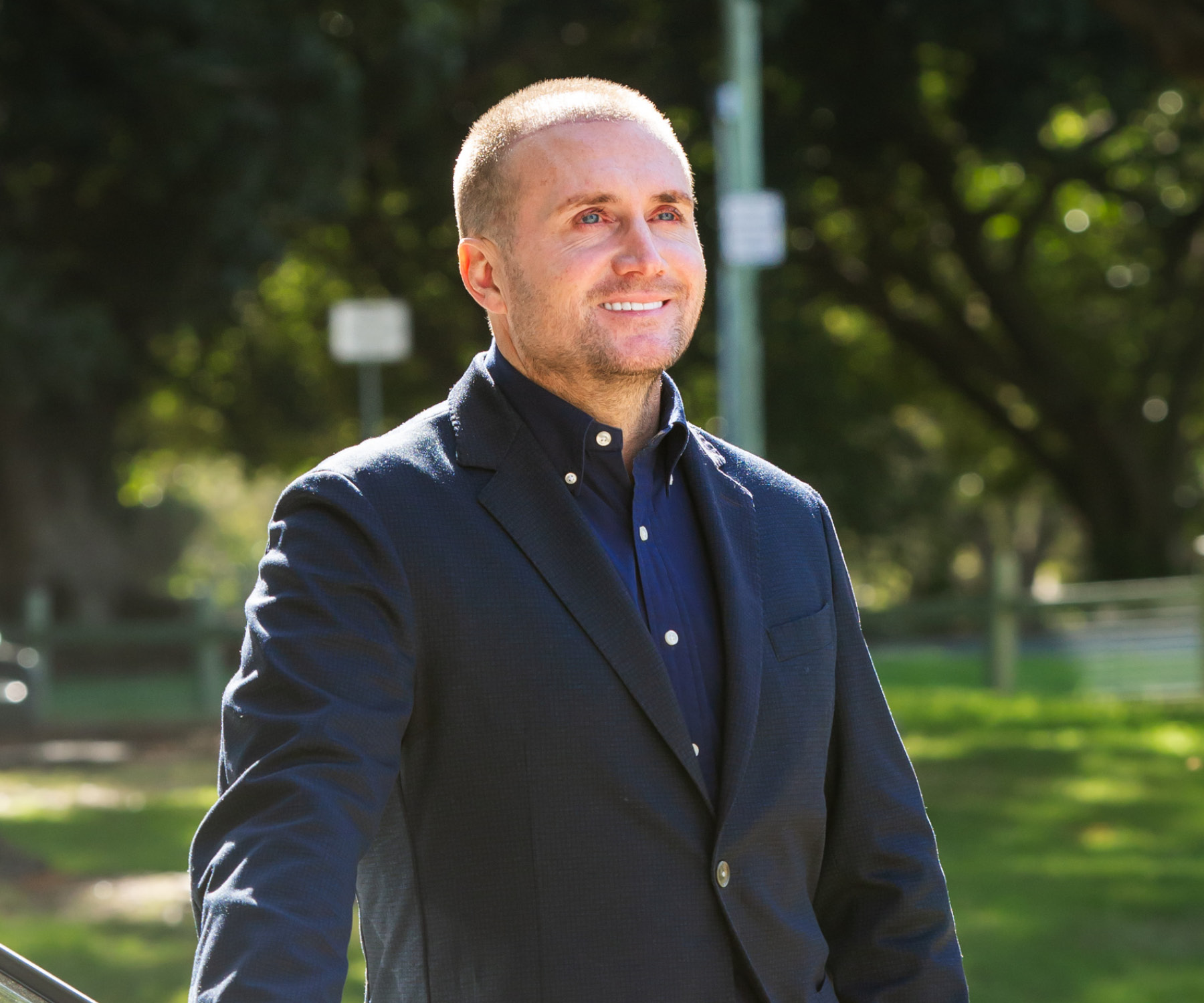

A few years ago, BYD was largely unknown outside of China, but Todd saw immense potential in its technology, which originates in innovation hubs like Shenzhen.
“We reengineered how vehicles are brought to the country, sold, delivered and retailed,” he explains. “And I’ve had complete confidence knowing how good the product is and also knowing the manufacturing capability we have to keep up with its demand.”
It’s a future on full charge for EVDirect and BYD, but according to Todd, it’s only the beginning.
